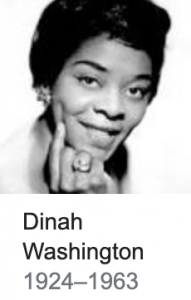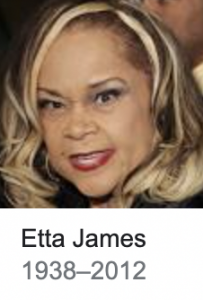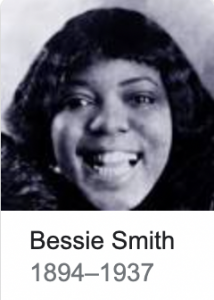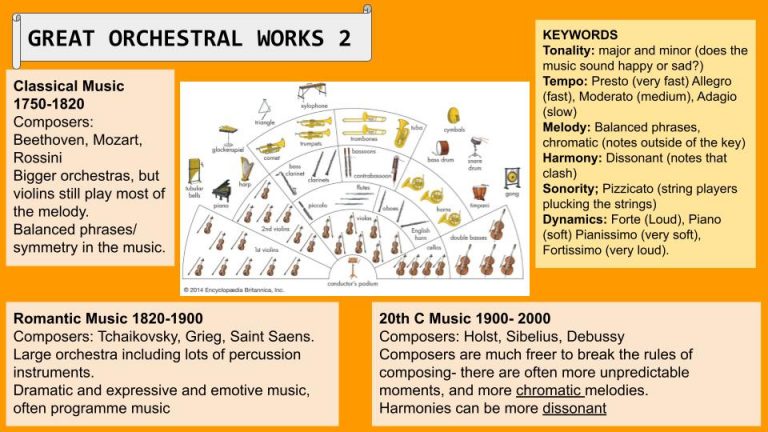Four units are delivered during the year.
Beats and Grooves
This is all about rhythm - found in all music. How do the different genres of popular music use rhythm? How do time signatures fit in? How do we play different rhythms and how to we create music with different time signatures and rhythms?
As part of this, we are:
- Identifying the different sounds and parts of the drum kit - a key component of rhythm in popular music
- Recognising some different genres of music - Jazz, Rock, Electronic Dance, Ballads
- Playing drum beats that have different time signatures and grooves
- Using different keywords associated with rhythm
- Composing our own grooves and beats, both on Soundtrap and live.
Great Orchestral Works volume 2
'Classical' music has a rich musical canon of works from a diverse range of composers. Here, we are developing our musical understanding through some orchestral works. We are using notation and keyboard skills to learn how to play some of the melodies. We are performing them with an accompaniment. We are writing our own music, with an accompaniment.
As part of this, we are:
- Experiencing the William Tell Overture, In the Hall of the Mountain King and Jupiter from The Planets.
- Using treble clef notation to learn to play these melodies and perform with an accompaniment, playing in time
- Developing our composition skills by composing a melody inspired by one of these works, perhaps representing a scene.
- Understanding different dynamics and tempi, using the correct musical vocabulary to describe them.
- Developing our listening skills to be able to identify the different between Classical, Romantic and 20th Century music.
The Blues
We are immersing ourselves in the world of The Blues, using instruments in bands to rehearse and perform the Blues.
As part of this, we are:
- Identifying the key musical terms linked to the Blues and spotting them when we listen to Blues music
- Playing chords
- Rehearsing in a band
- Performing to others when we have rehearsed
- Continuing our understanding of the musical elements through the Blues
In this unit, you will:
- Listen to lots of Blues Music so you can develop your understanding of what you can hear.
- Learn to play the notes of the 12 bar blues on instruments
- Rehearse the 12 bar blues in a band, turning it into a performance
- Perform your band's Blues piece to the class
Our study of the Blues looks at the origins of this important genre of music, tracing its roots back to America in the early 1900s. The Blues led to all popular music we listen to today. This is why we are discovering the Blues in our lessons.
Some key musical words for the Blues
Blues – a style of early jazz, often vocal, descended from African-American work songs and spirituals.
Scat – a type of blues singing using nonsense syllables instead of words. syncopation– emphasis on the ‘off-beats’.
Call and response – where one person or group sings or plays a line, and is then answered by another person or group.
Improvisation – when a musician makes up the music on the spot.
12-bar blues – a pattern of chords in the order:
C – C – C – C
F – F – C – C
G – F – C – C




Minimalism in Popular Music
Music is a universal language.


